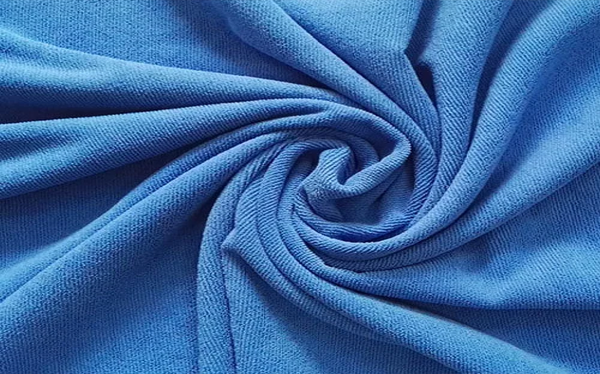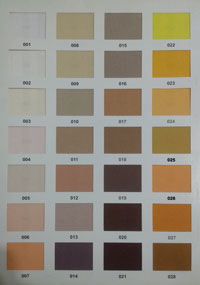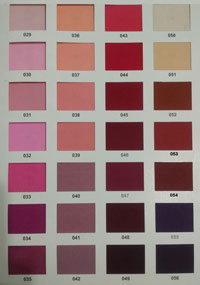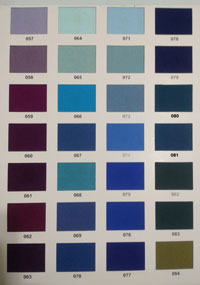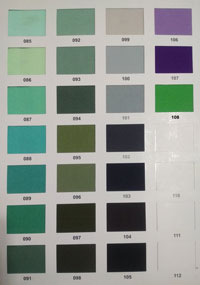“Microfiber” is an extremely fine synthetic fiber that is finer than a strand (even one-fifth the diameter of a human hair). A microfiber should be finer than a strand. Microfiber can vary in properties depending on the fibers from which it is composed. It is an incredible fabric that has many advantages over natural woven materials. The most common synthetic material from which microfiber is produced is polyester. But there are also nylon and polyamide types. These fabrics may not look eco-friendly, but it's worth noting that absolutely no pesticides are used in the manufacturing process of polyester microfibers.
Manufacturers modify and combine various types, sizes, lengths, and fiber shapes to utilize the specific properties of microfiber depending on what they are producing. For example, they can make fabric water absorbent or extra soft by using certain types of fibers. Microfiber fabric was first invented by the Japanese in the 1970s to produce light and stylish swimwear. This attempt was unsuccessful, as the swimsuits absorb water and are too heavy. In the 1980s, Europeans redeveloped microfibers and successfully marketed them as a cleaning product.
Where is Microfiber Fabric Used?
One of the most common uses for microfiber is in cleaning products. Especially microfiber cloths and mops are very common in the market. The weight of a microfiber cloth can increase seven times with water. This is a very important feature. In addition, the ability to collect bacteria from dirty surfaces is the biggest reason why the fabric is preferred. During the manufacturing process, the fibers separate, making them incredibly effective at picking up and trapping dirt. Besides that, microfibers can attract and trap bacteria and viruses from most surfaces. Pathogens feed on organic matter, so the synthetic quality of microfiber cloths means they can effectively trap and destroy any remaining bacteria. This reduces the risk of spreading germs and disease in kitchens, hospitals and wherever they are used. Its water-absorption quality also makes microfiber a popular choice in athletic apparel production.
The nature of the fabric means that it draws moisture from the wearer's body, keeping them cool and dry despite perspiration. Microfibers used for normal clothing and furniture are different from other microfiber fabrics. It is soft and comfortable, but its absorbent property is not like the microfibers used for cloth. Stiffer microfibers are also produced for jackets and skirts. It can be produced in leather-like fabrics for furniture with microfiber fabrics. Imitation suede and faux leather fabrics are a popular choice in furniture upholstery.
Microfiber Fabric Features: Like all products, microfiber has its advantages and disadvantages. The flexibility of microfiber makes it a versatile and therefore very advantageous product that can be adapted to your needs.
Advantages: It is a durable fabric. It is soft. It is light. Waterproof. It has high water absorbency. It can be long-lasting depending on usage.
Disadvantages: The cost is higher than other polyester fabrics.
Material: High quality, durable and waterproof 100% microfiber fabric.
Product Care: It is suitable for machine washing in delicate programs. It can be tumble dried at low temperature.
Certificates: The textile dyes used in our products have the international OEKO-TEX® Standard 100 certificate. (OEKO-TEX® Standard 100 is an independent inspection and certification system that covers all production stages of textile products -raw material, intermediate and final product-.) Since our products have OEKO-TEX® Standard 100 certification standards, they are in no way harmful to human and animal health. does not contain chemicals. It has no carcinogenic effect.

